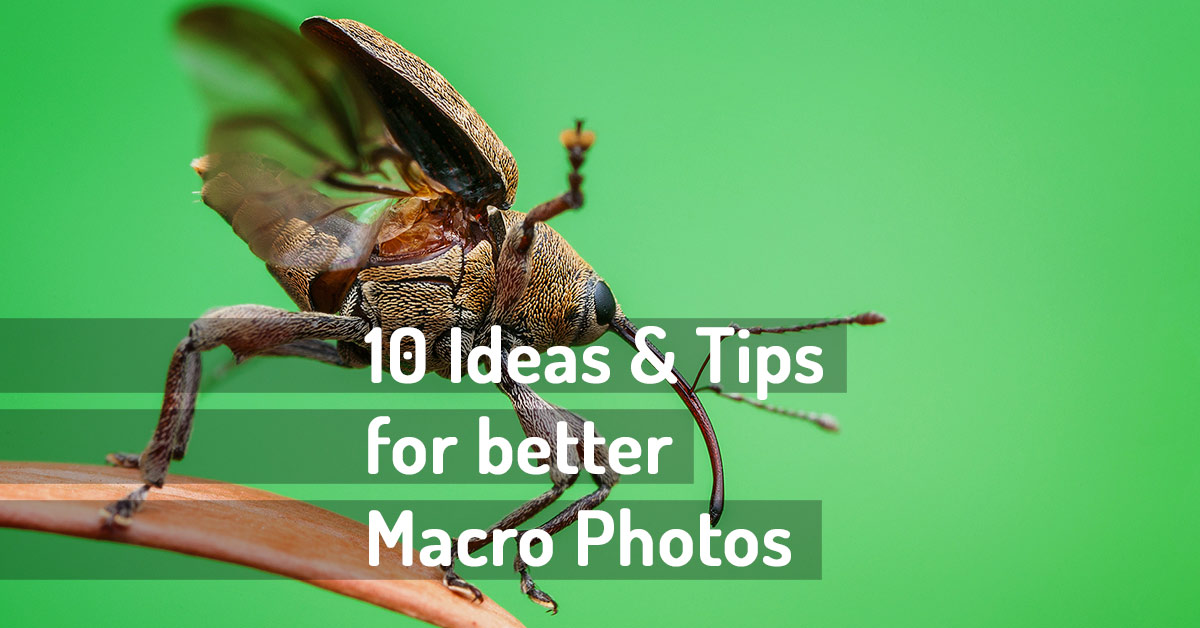
08 Sep 10 ideas & tips for better macro photos
If you are looking for inspiration for your macro photography, here are 10 ideas & tips you could try out.
Extreme close-up portrait
Try to get as close as possible – which means as close as your setup allows and the subject will tolerate.
Depending on the magnification and setup it might be mandatory to focus stack to get enough depth-of-field for the photo.
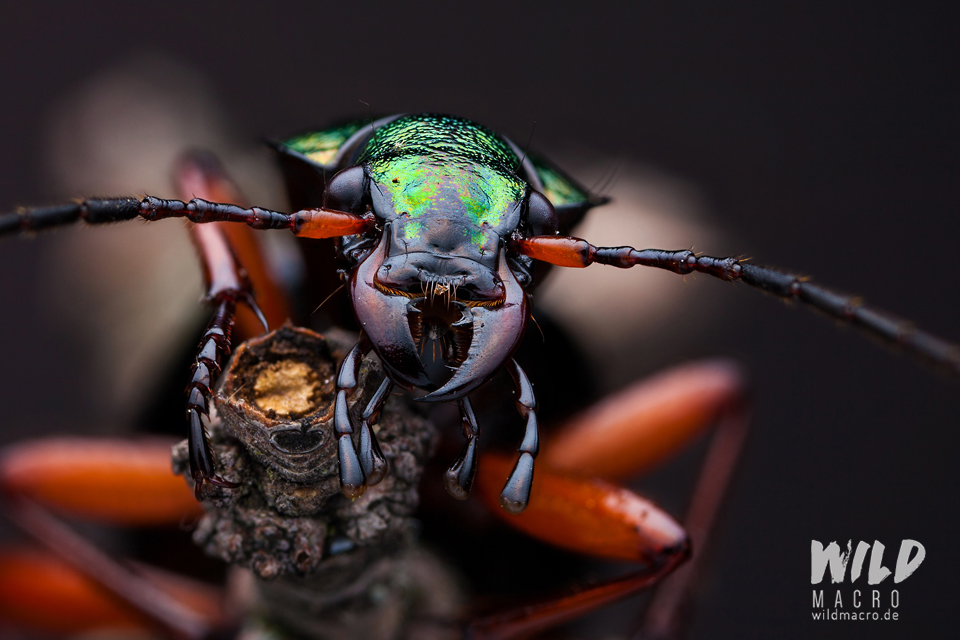
The classic 2/3 composition
Composition makes a great shot even better.
A classic and very effective composition is the rule-of-thirds.
It adds considerably to the display of the subject as it can guide the viewer, tell a story or create tension and movement within the photo.
Off-centered compositions with a lot of ‘white-space’ work particularly well for 2/3 ratios.
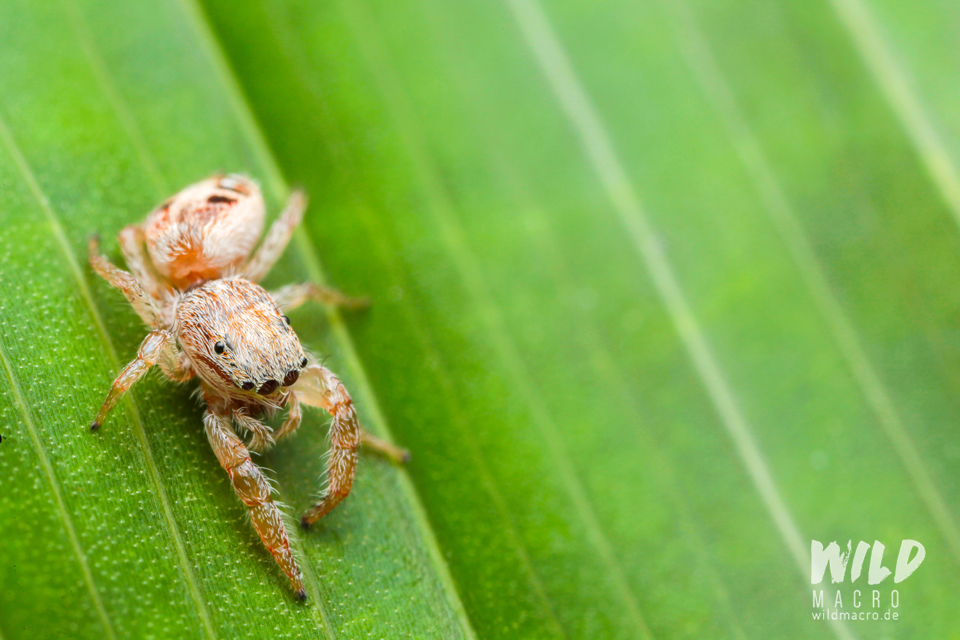
A behavioral photo
Displaying the behavior of an animal adds an emotional layer to your macro photo.
It creates interest and can educate the viewer or explain an interesting process.
Think of it as the layers of a photo.
A behavior-scene adds another layer of information and interest on top of the layers like “focus”, technical execution”, “subject” and so on.
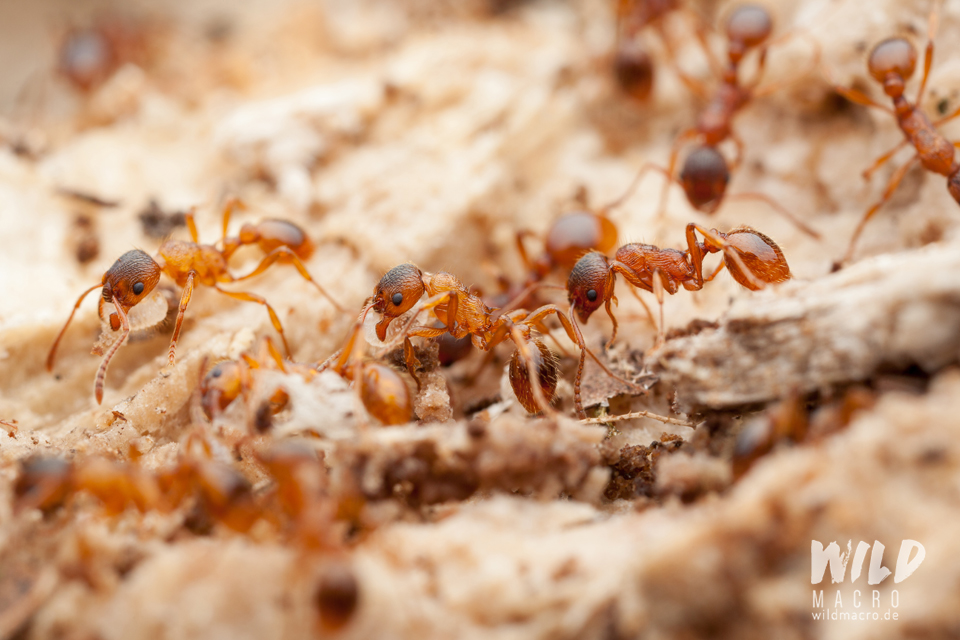

Get low
Photographing specimens from a low angle, emphasizes on the effect of being close to it even more.
Instead of looking down on a spider for example, from our elevated human perspective, try getting on eye level with the tiny creatures.
The results will immediately create a more personal connection, often supported by eye contact.
Using a low perspective will also present opportunities to show parts/areas of the subject, which we normally simply cannot see from our top-down point-of-view.
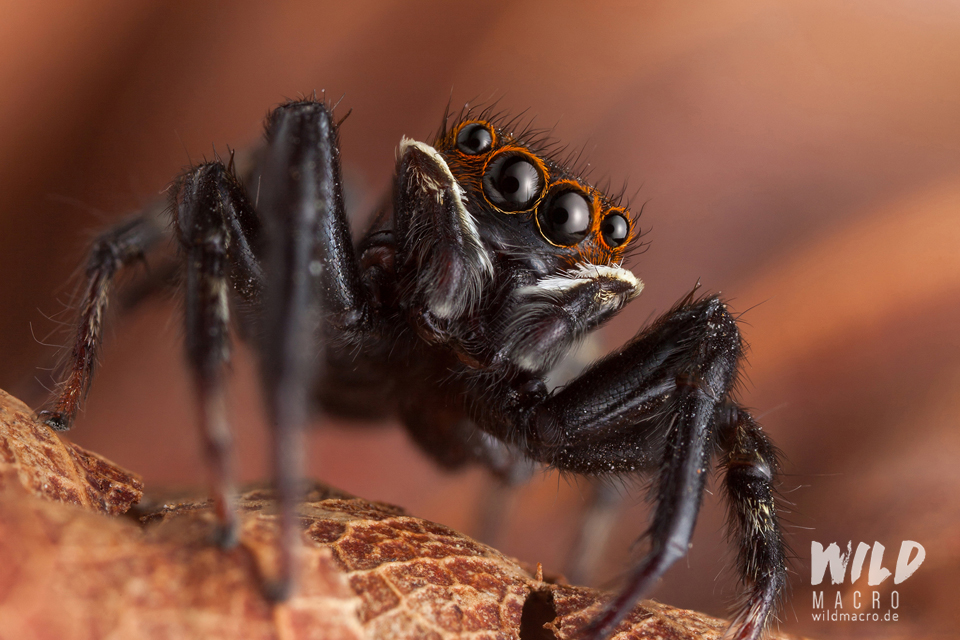
An unusual angle
Take this photo of a spider abdomen as an example.
Here I decided i wanted to show the interestingly huge spinnerets and then realized I could even see the threads of silk coming out.
Think about how a subject is often photographed and then choose an angle we have rarely/never seen before.
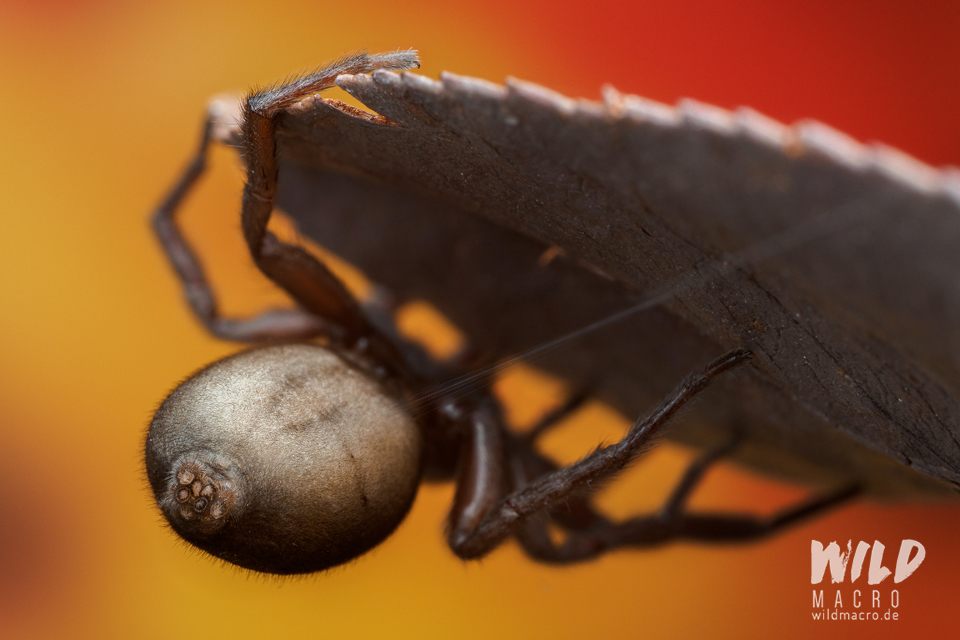
Show surprising Details
Sometimes interesting details surprise us, when we take a look at our photos on the computer screen.
Some of these details are so tiny, that they simply are not visible through the viewfinder – or we are too distracted by taking the actual photo.
Later we might find out, that the carapace of the spider shown here, indeed looks like a lion´s head.
It actually resembles the villain Scar from Disney´s the lion king, don´t you think?
What i also often discover while post-processing my photos, are tiny mites on my subjects, which i did not realize at all, while i was photographing.
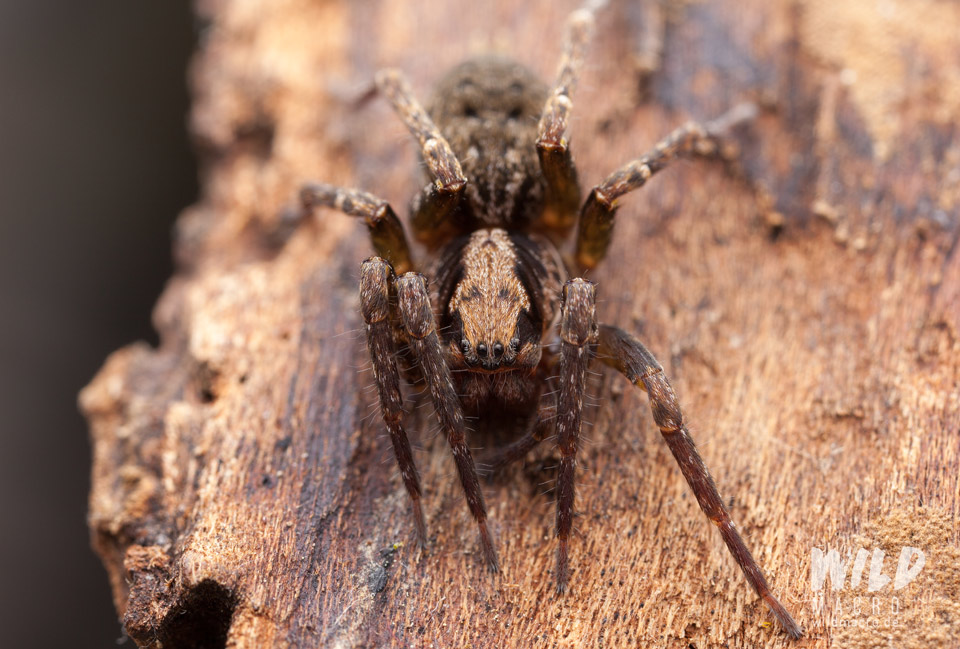

Macro silhouette
While in macro photography it is often about the details, structures and textures, using back lighting to create a silhouette shows the overall form of the subjects.
It often creates interesting forms and reduces the subject to its most basic appearance.
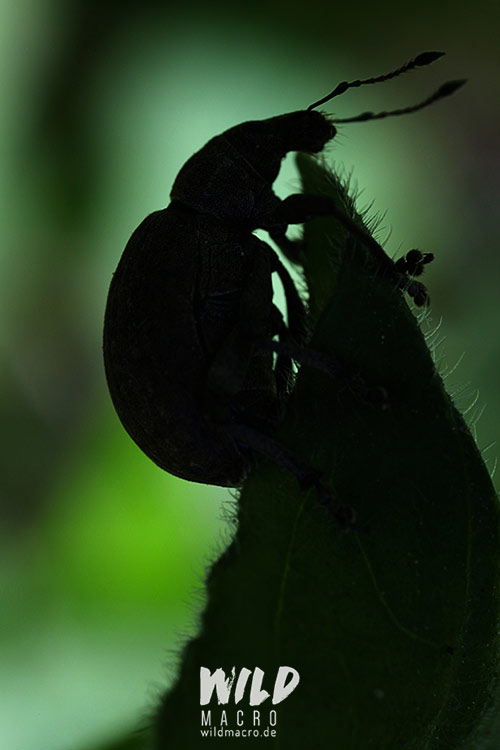

Set an unusual focus
The photo below is a great example for an unusual focus.
While the crab spider is the main motive, I decided to place the focus on its prey, the fly.
Not only is it a beautiful fly, with intense colors and interesting patterns, but also does it draw the viewers’ focus directly to the high contrast and in-focus areas, before they realize there is a spider present as well, perfectly blending in on the white rose petals.
Even though the spider is completely out of focus, it can still be recognized, even down to species level.
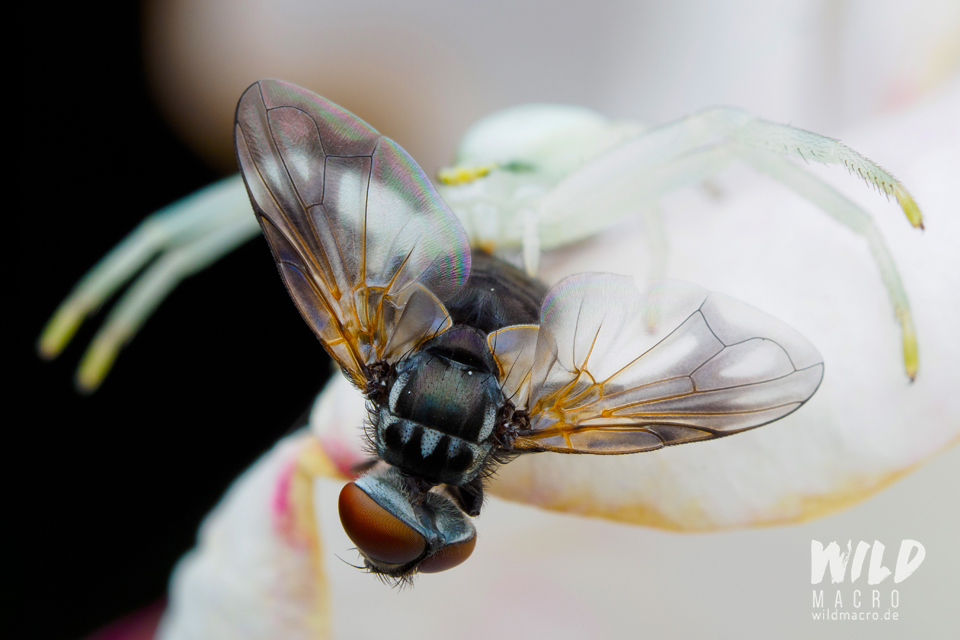
Technically freeze motion
One of the greatest challenge in macro photography of tiny insects & spiders is photographing them in motion.
Taking a photo of an interesting or rarely seen action, like the opening of the wing lids and the actual take-off process of this acorn weevil here, is hardly possible without using a flash (and a macro diffuser).
The flash can technically freeze any motion and capture the animals movement in a single frame.
Aim for situations that are surprising or rarely seen and present them with the greatest details possible to leave your viewers’ mouths open.
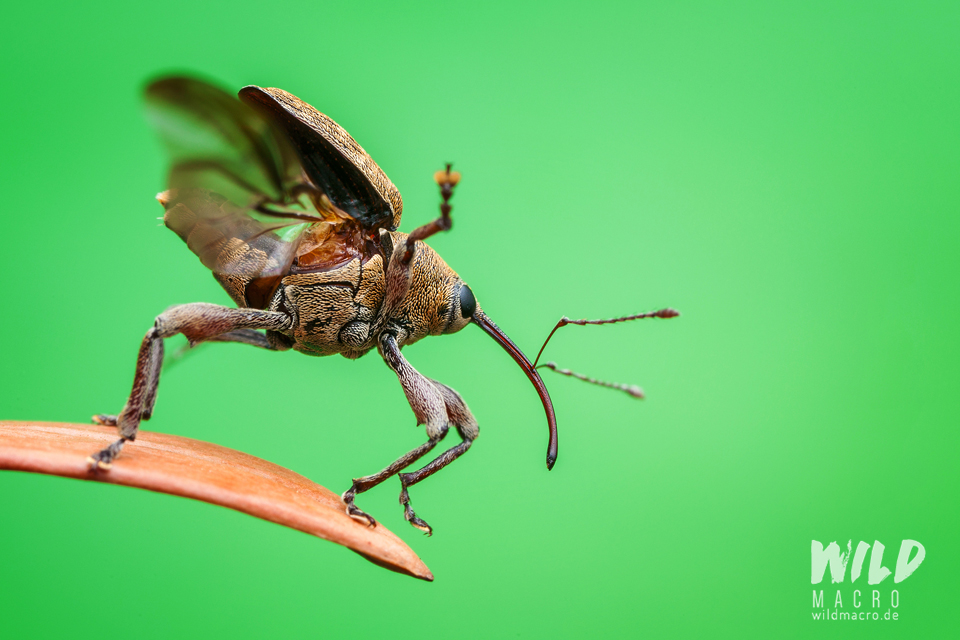
In-situ
Photographing in-situ means taking a photo while the subject is still in its natural habitat, without any interference.
This way we create context and show where and how the subject lives.
You can also incorporate the habitat into the composition or create a certain mood by showing it.
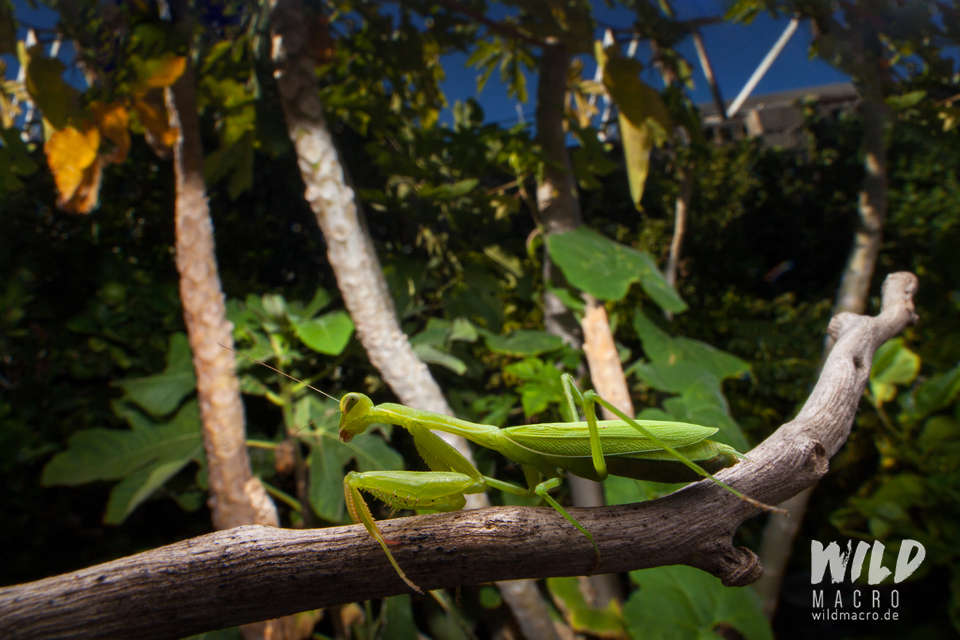
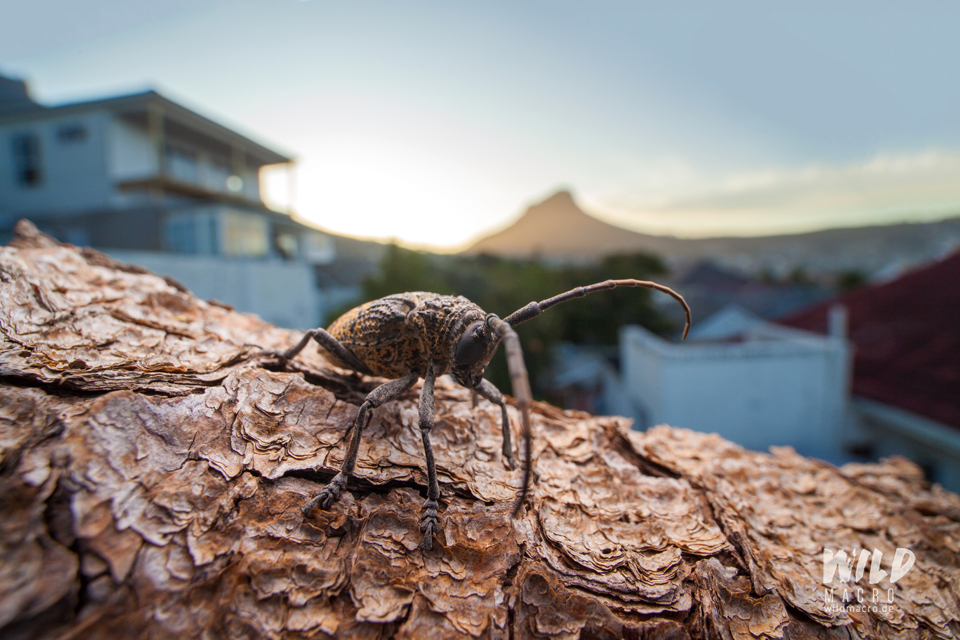
Maybe these 10 ideas could inspire you to think outside the box or give you some creative input for your next macro photos.
I would love to hear and see how/if you tried these out.
If you want, feel free to share links in the comments so i can check the results out.
Now it is your turn!



Matthias Schulte
Posted at 21:49h, 12 NovemberHallo Chris
erst einmal herzlichen Dank, für Deine Mühe, diese Tipps zusammenzustellen. Natürlich ist nicht alles alles neu für mich. Bei der Vogelfotografie ist vieles ähnlich 😉 Trotzdem haben Deine Ausführungen mir Denkanstöße gegeben….Danke dafür.
Mein Blitz liegt bereit und der AK Diffusor ist versandt. Mal schauen, was ich daraus machen kann.
Beste Grüße von der Nordseeinsel Föhr
Matthias
wildmacro-chris
Posted at 12:45h, 14 NovemberHey Matthias, danke für das große Kompliment!
Es freut mich, wenn die ein oder andere Idee ein Denkanstoß ist 🙂 Neues austesten, oder alternative Wege gehen, macht doch immer wieder genau soviel Spaß, wie sich an Altbewährtes zu halten. Die Mischung macht´s, finde ich 🙂
Bin gespannt auf deine Ergebnisse mit Blitz und Diffuser!
Allerbeste Grüße nach Föhr